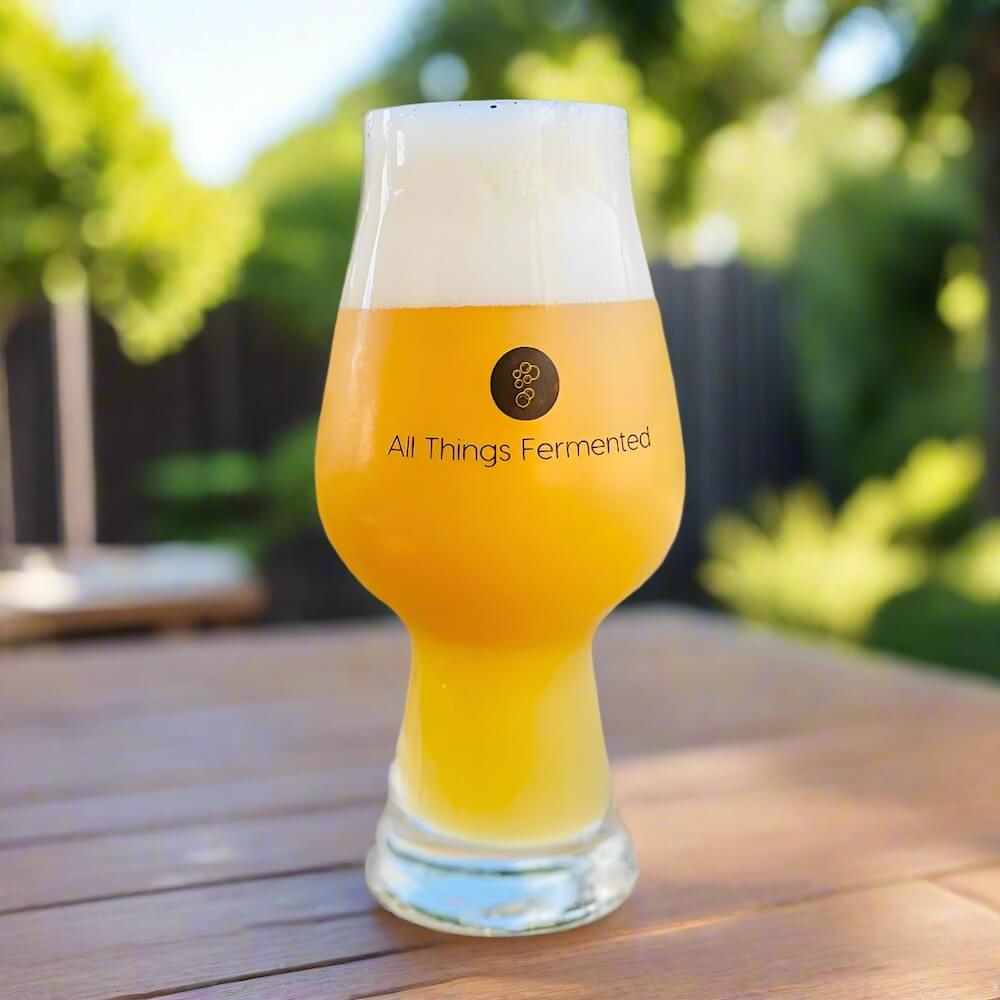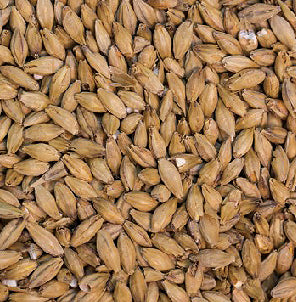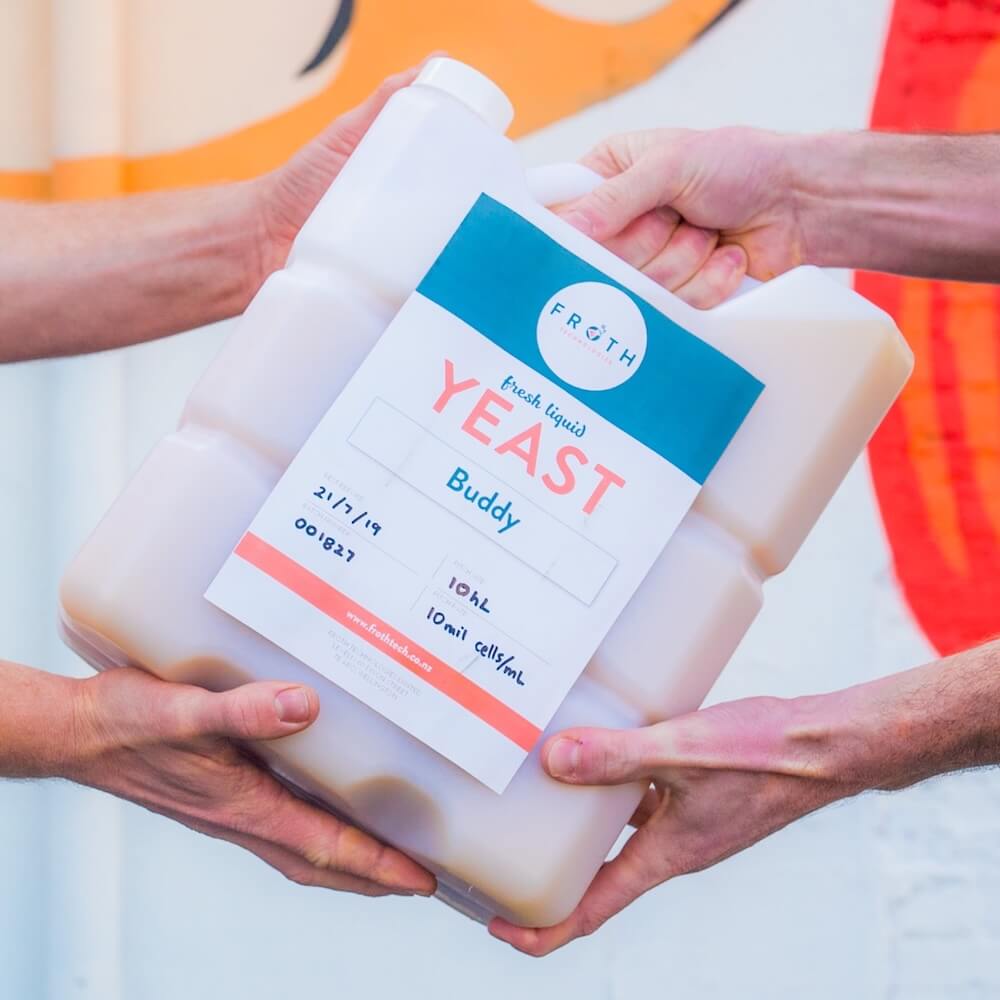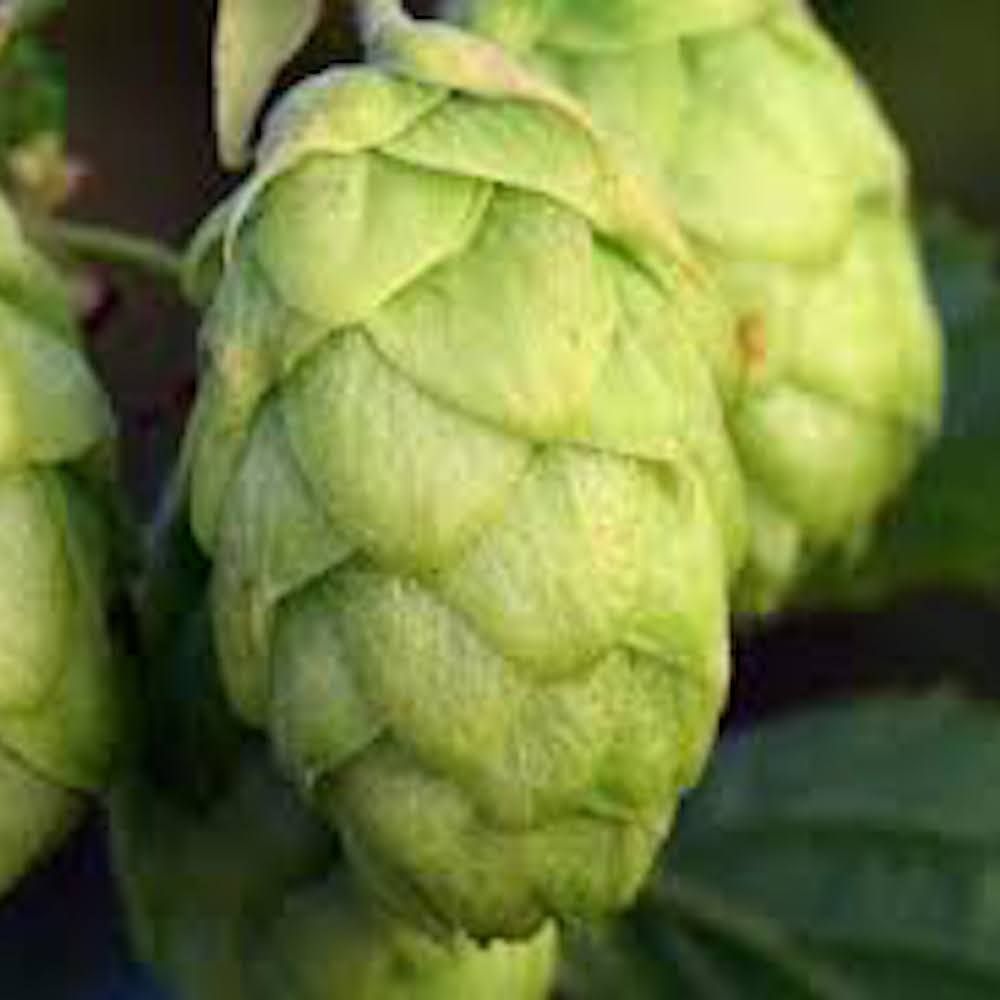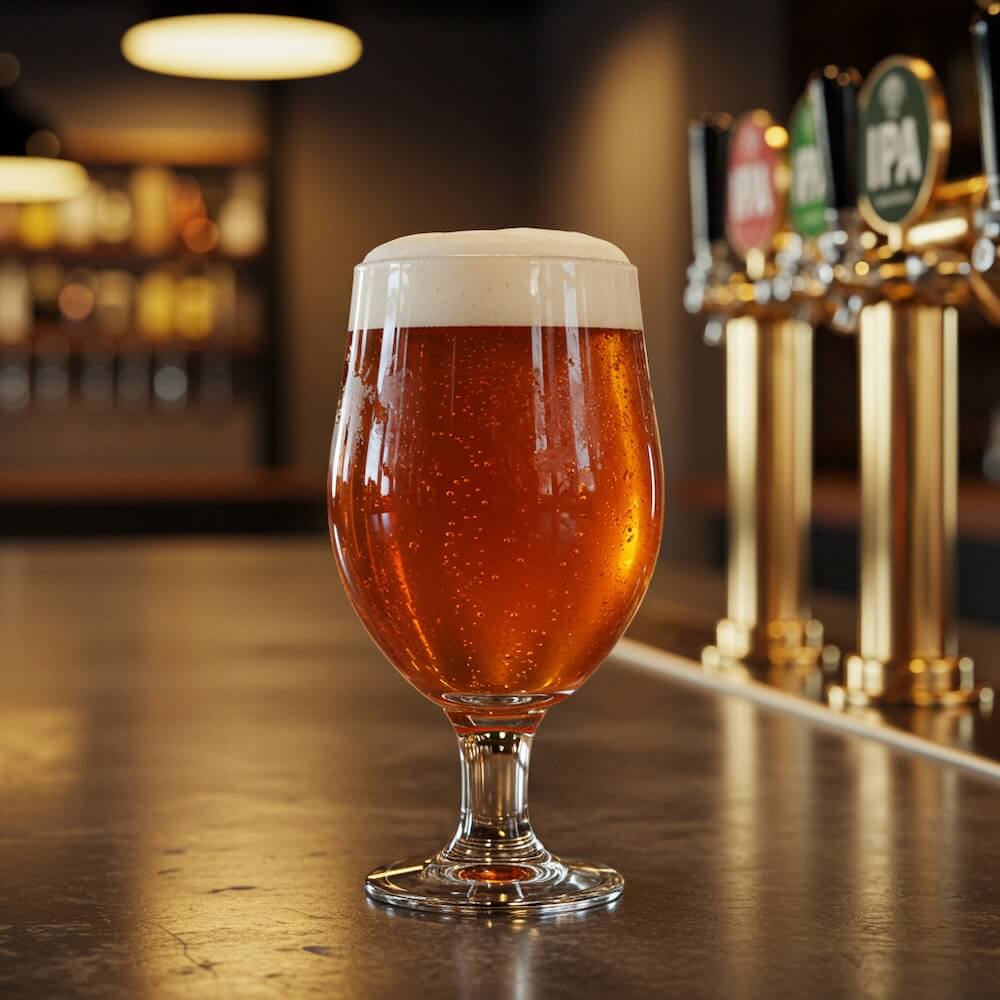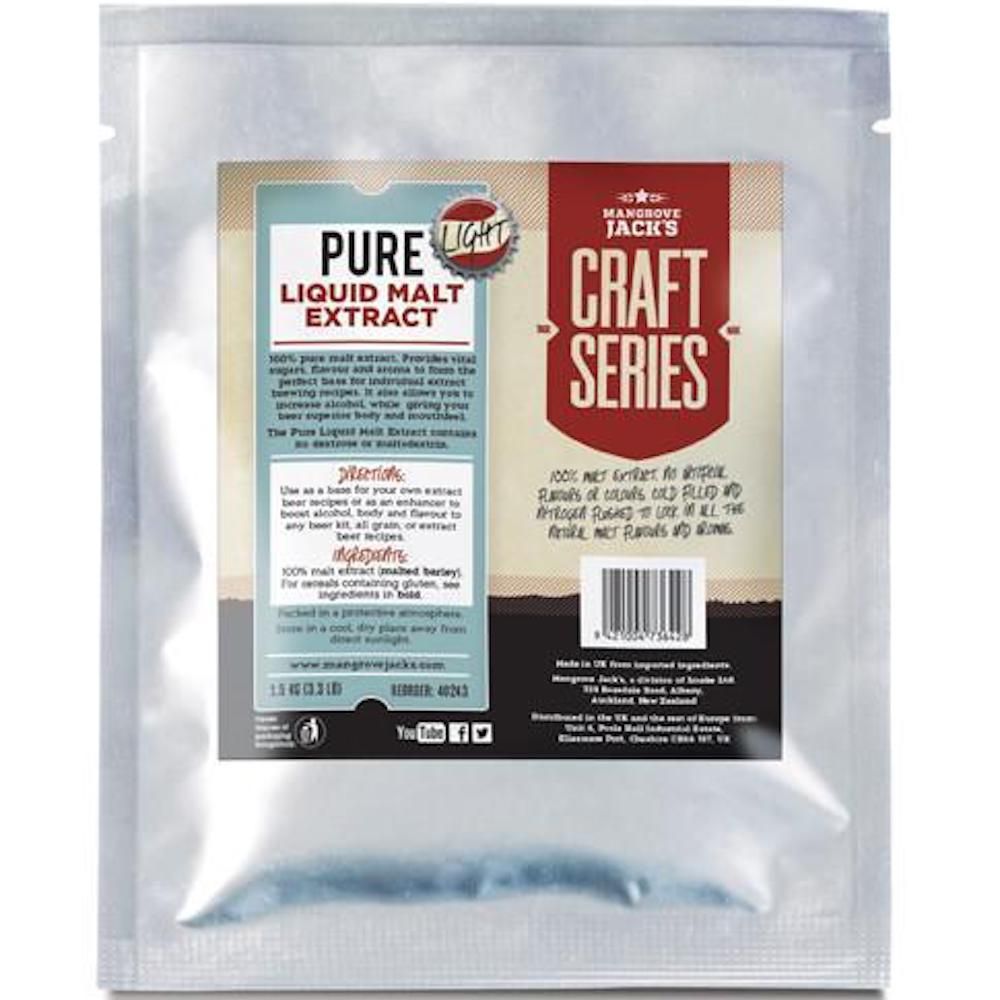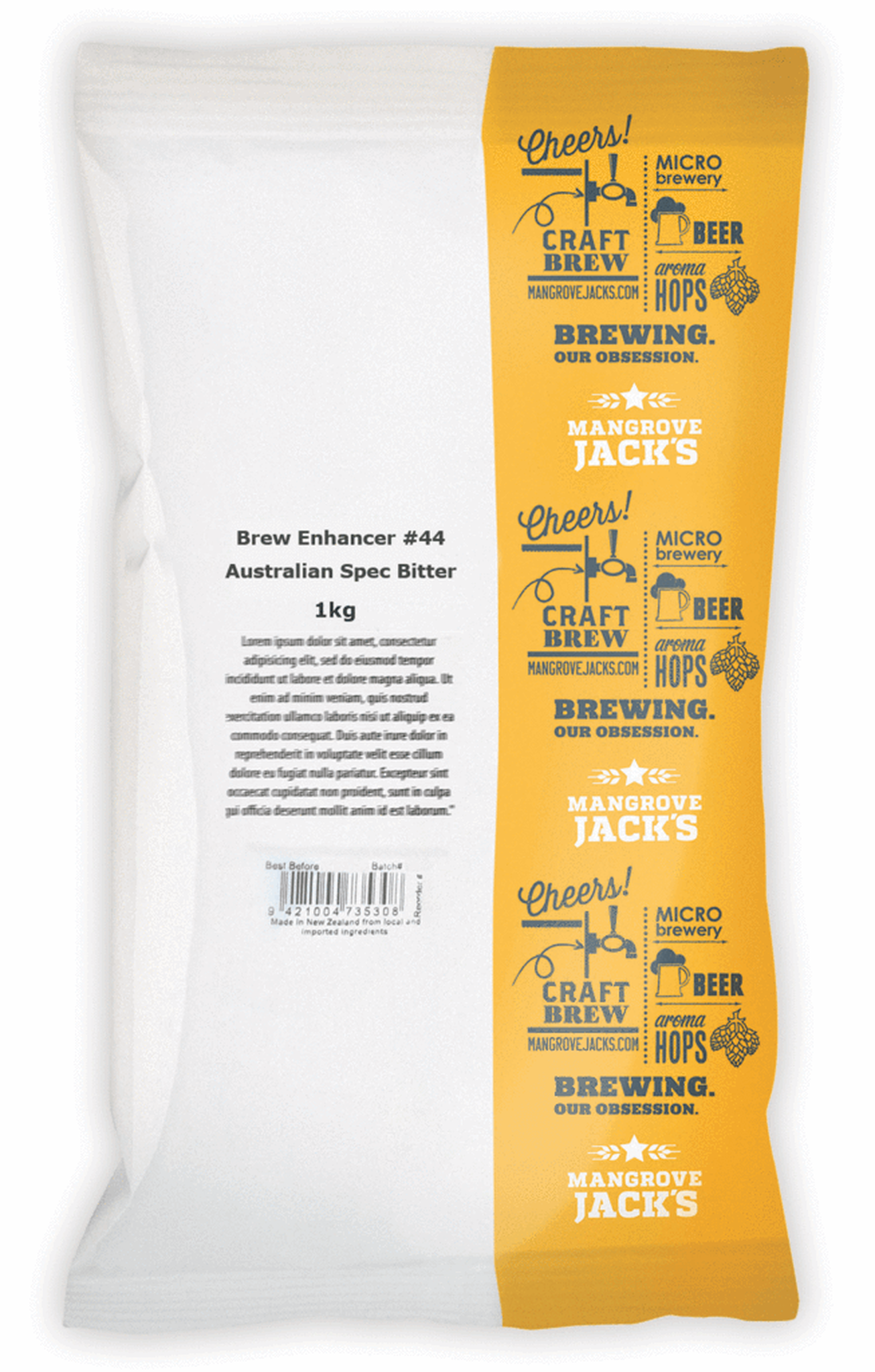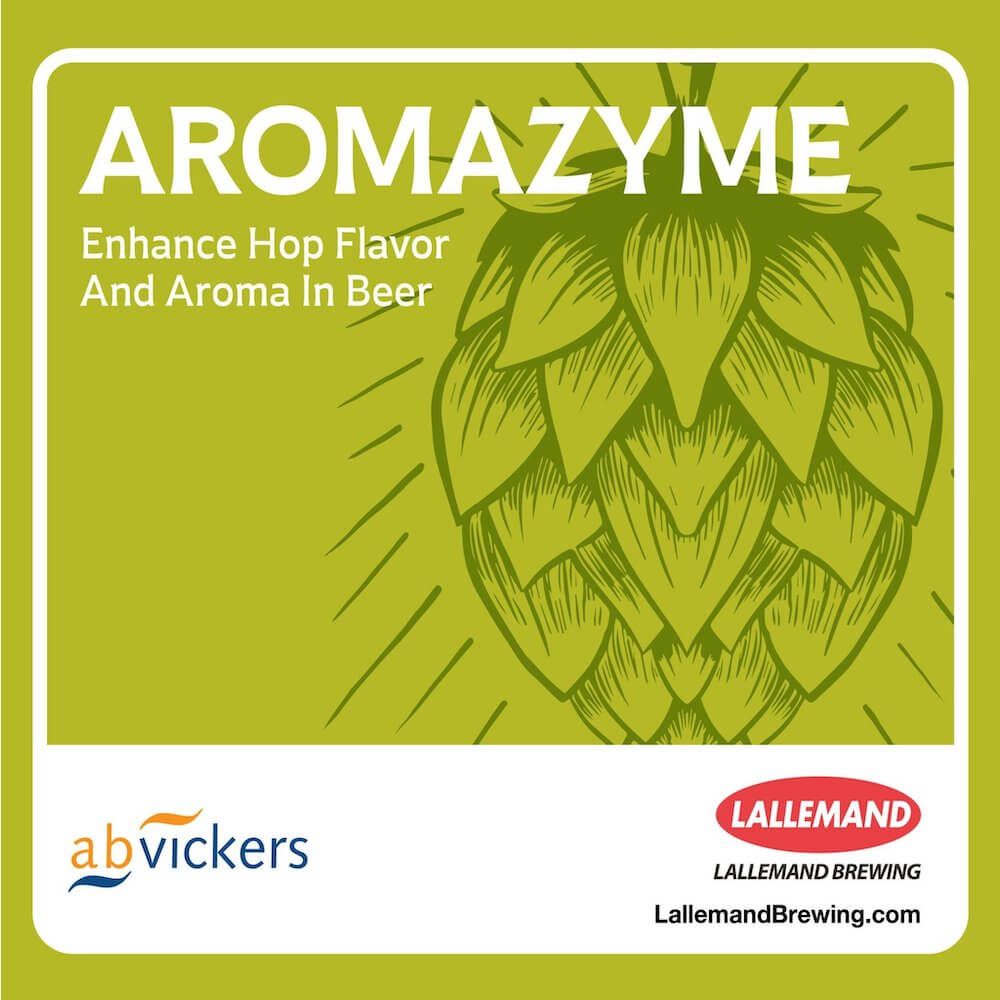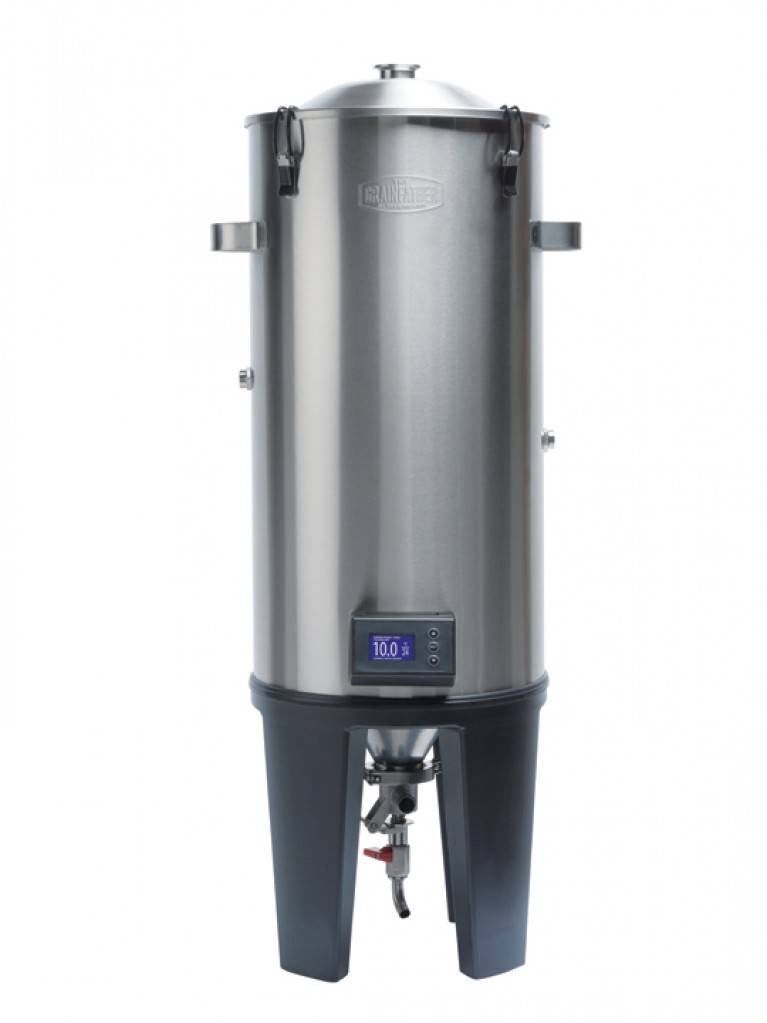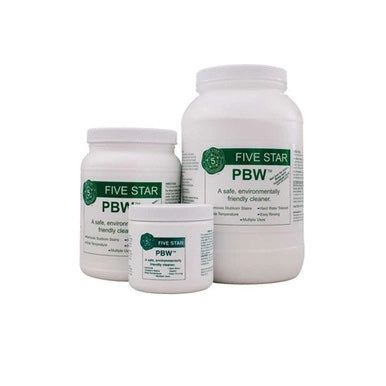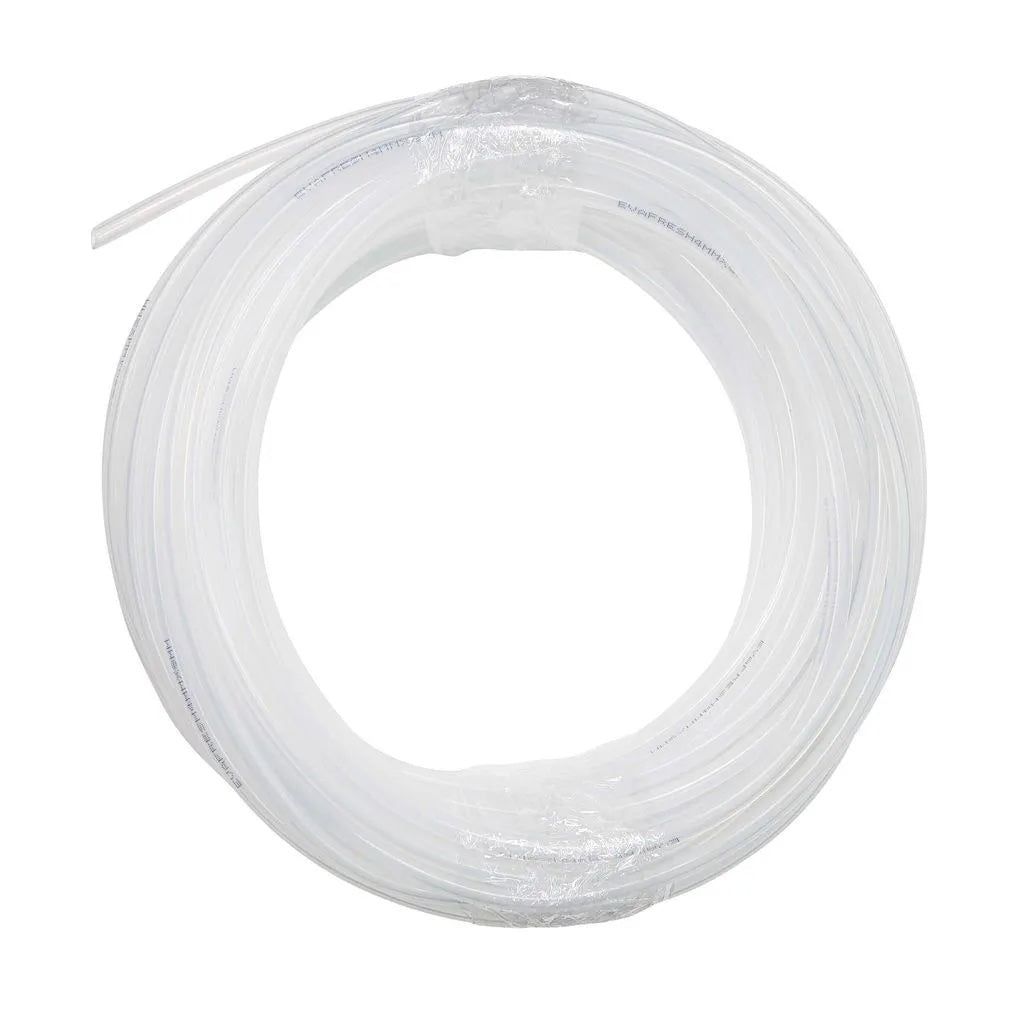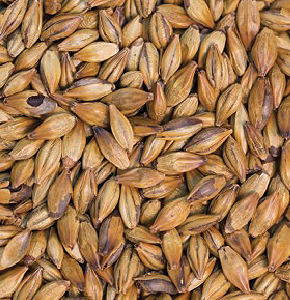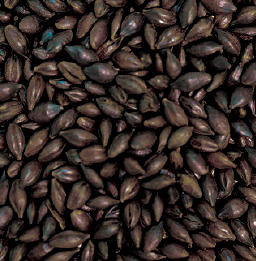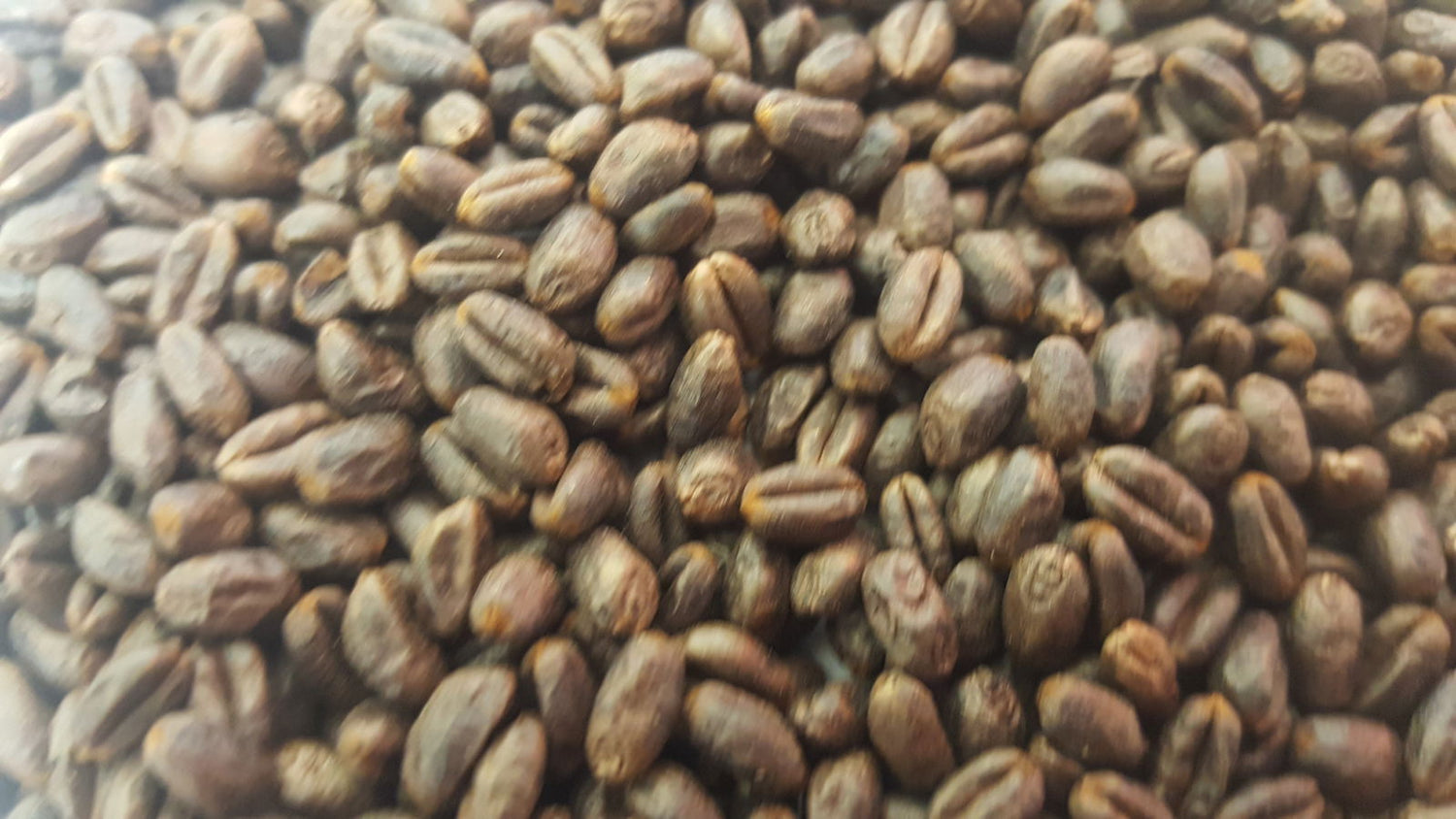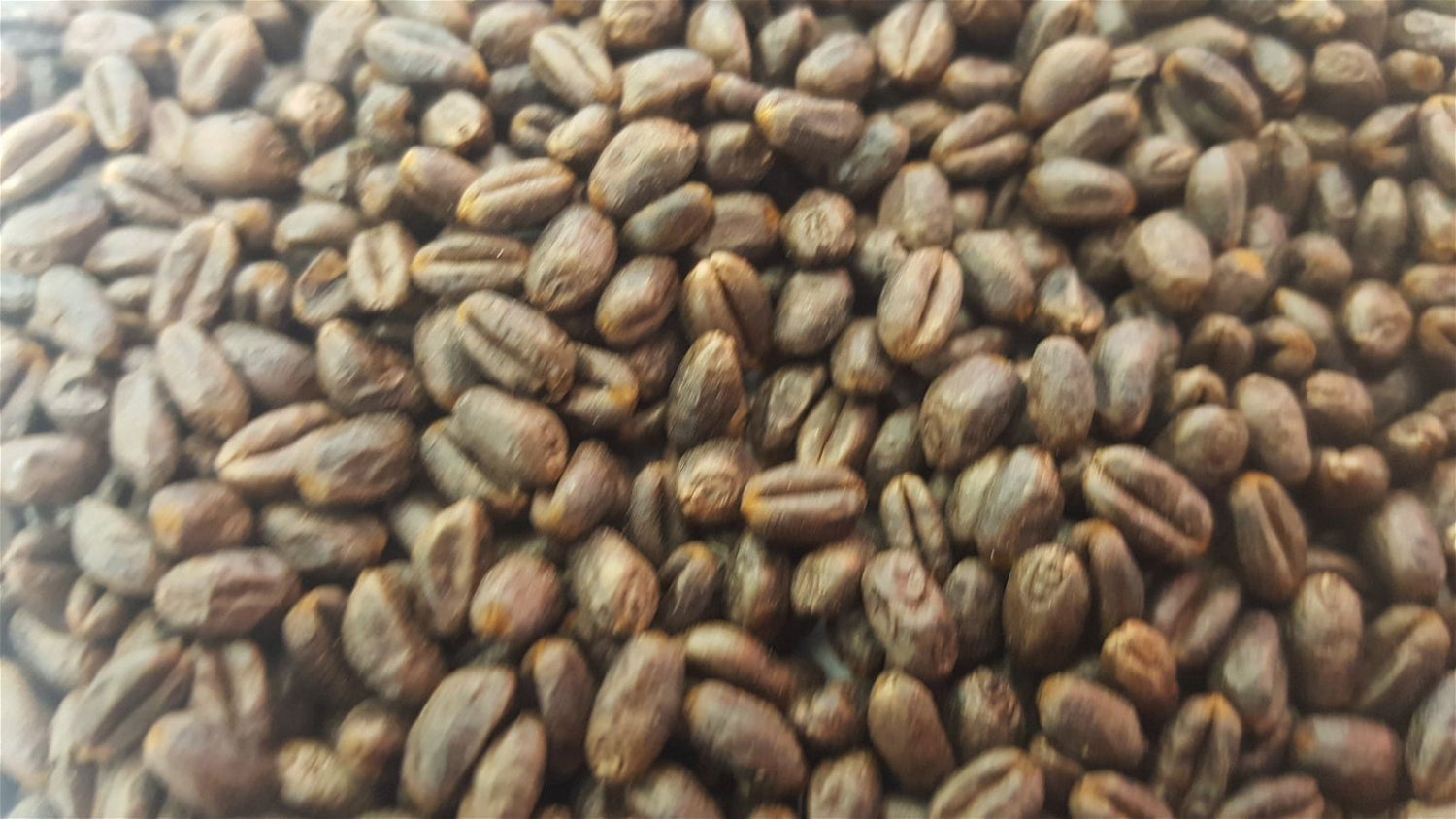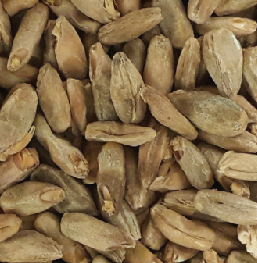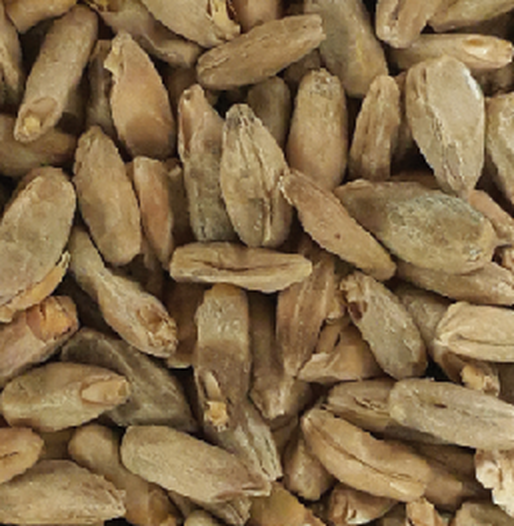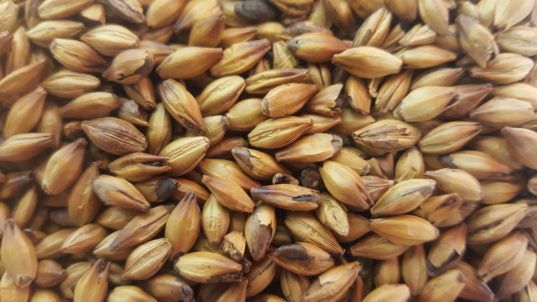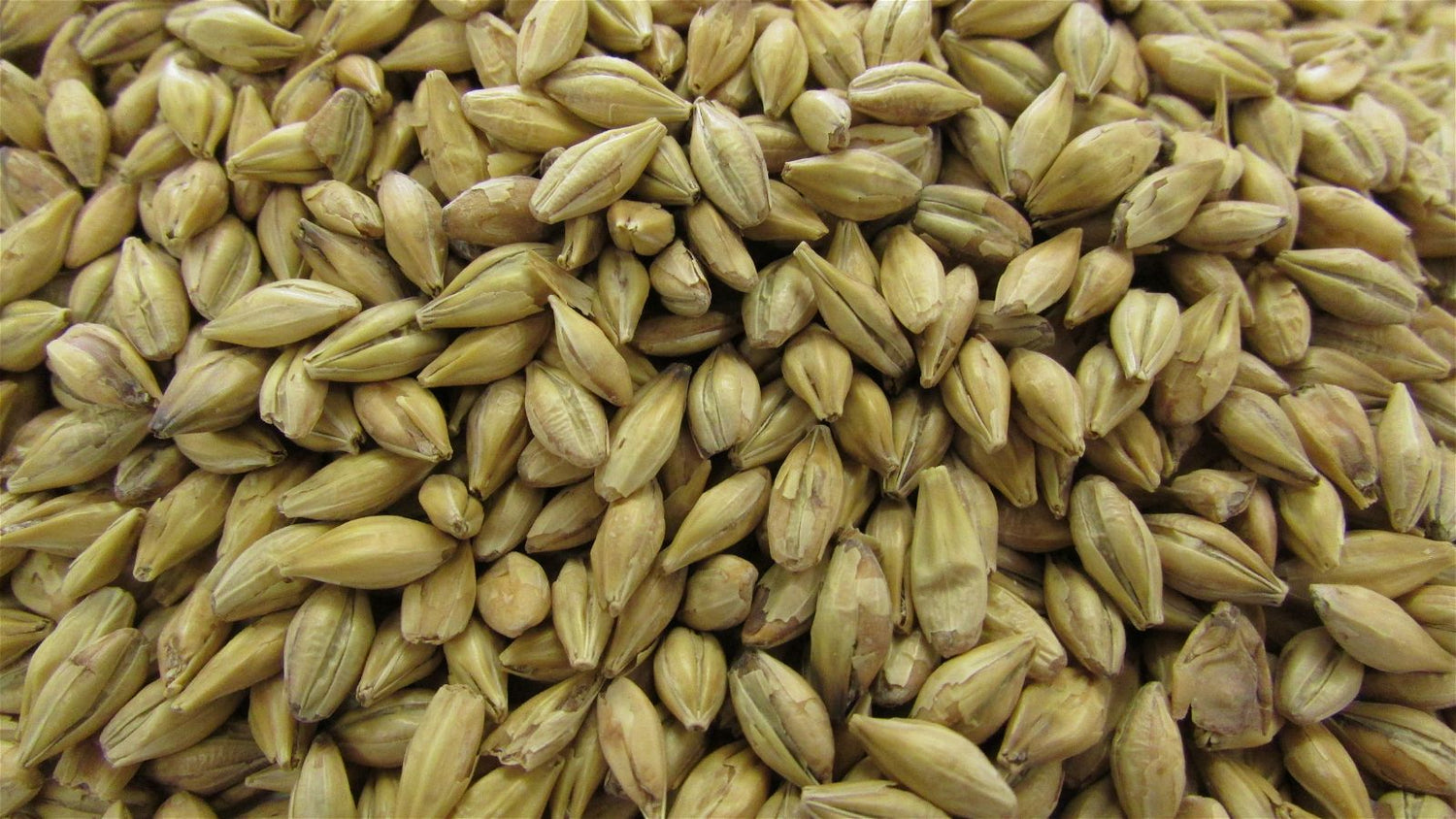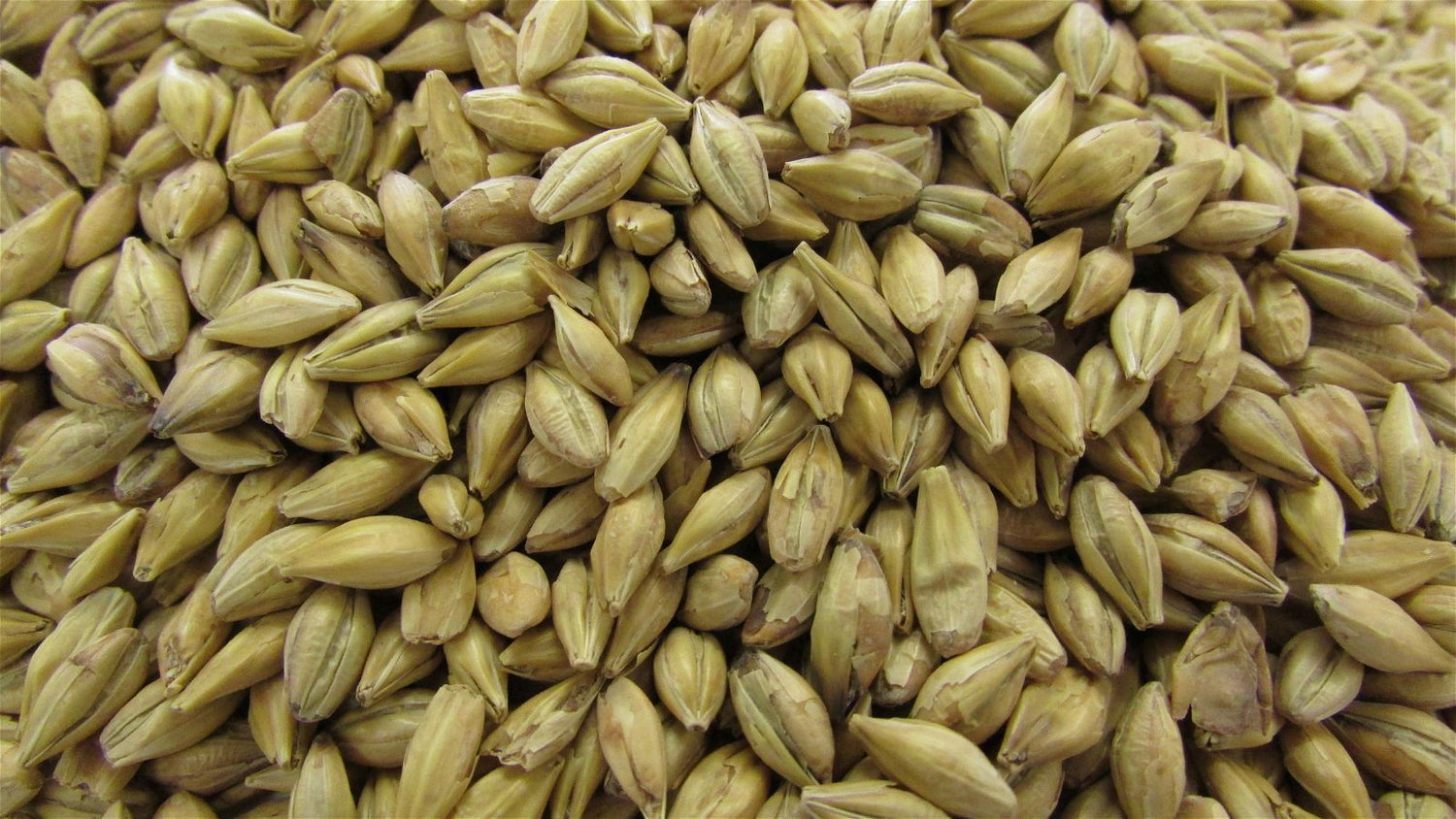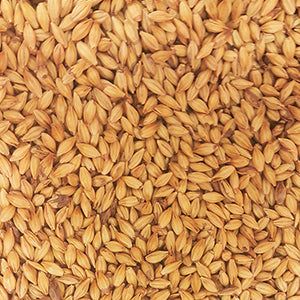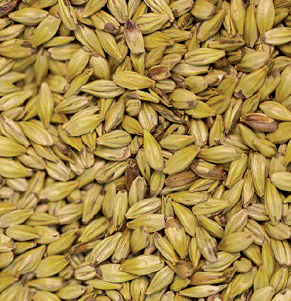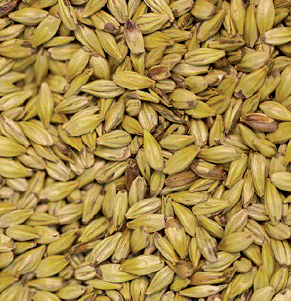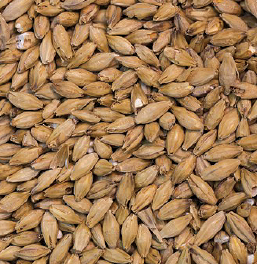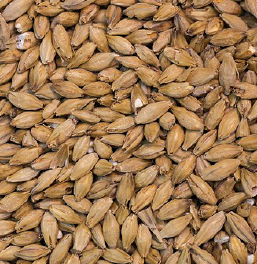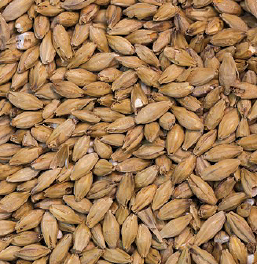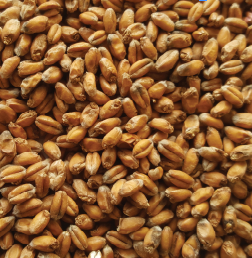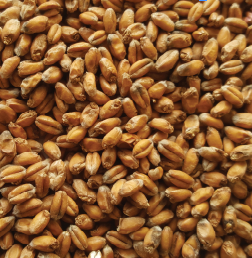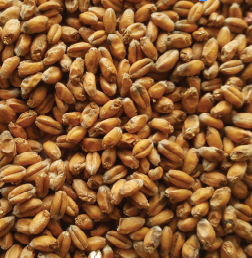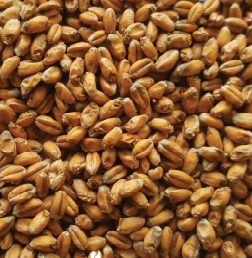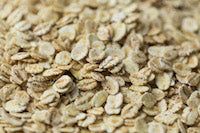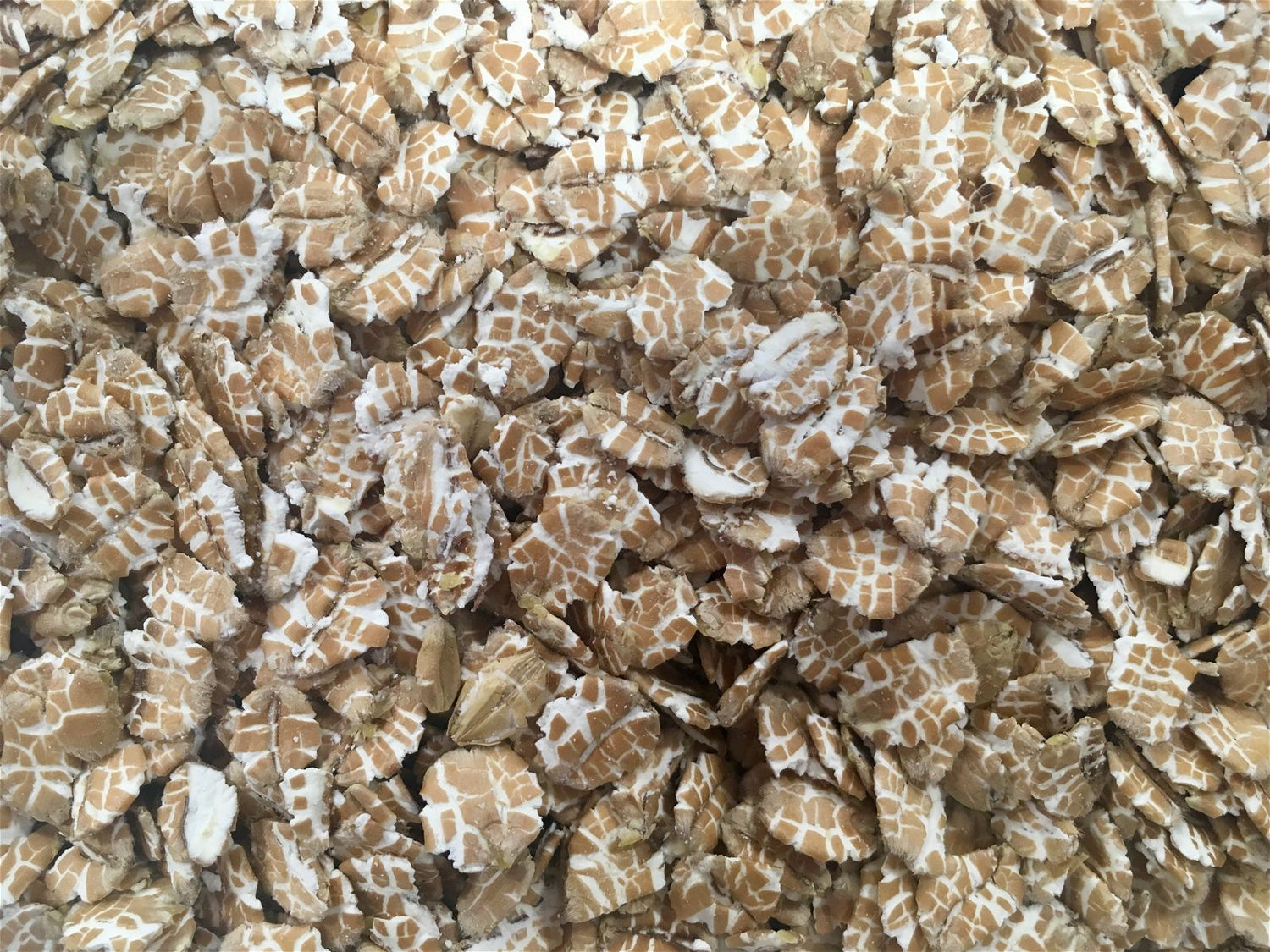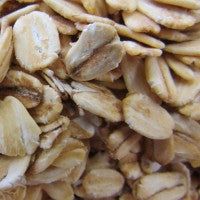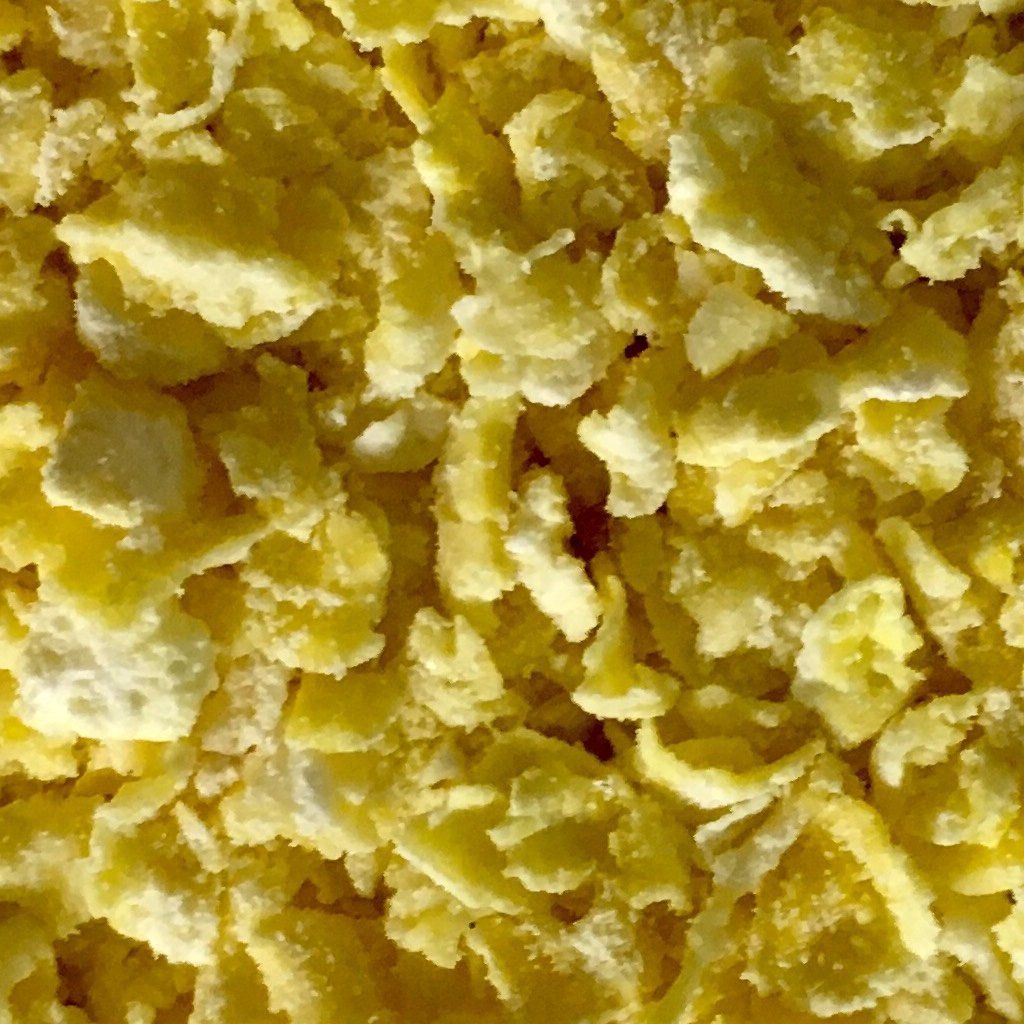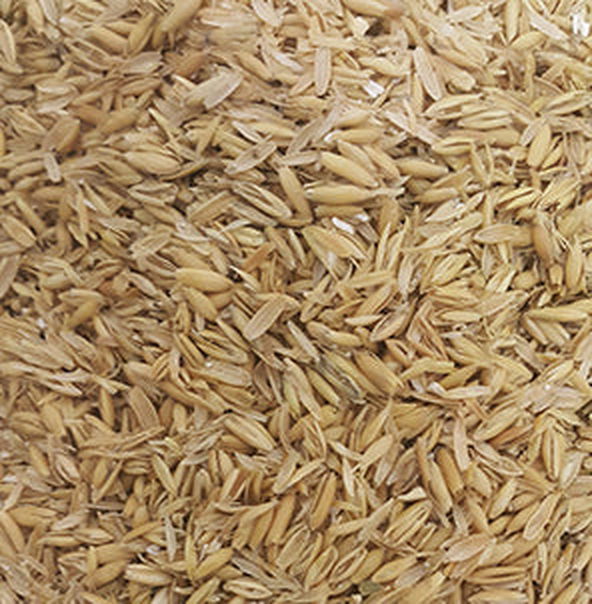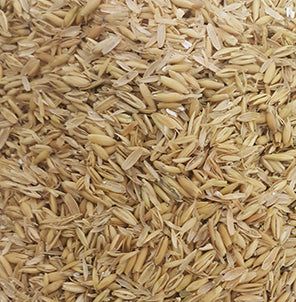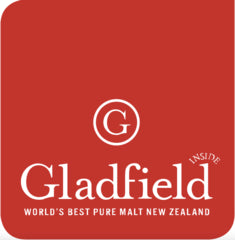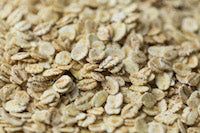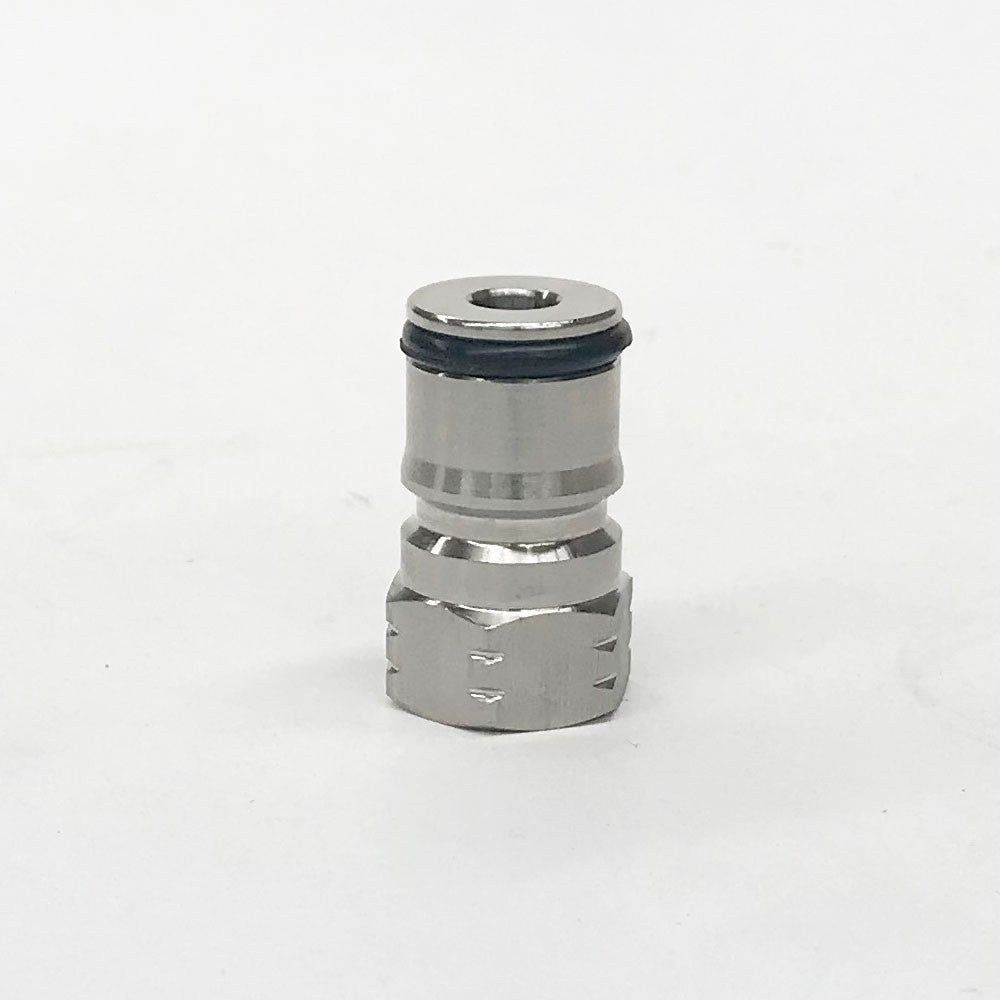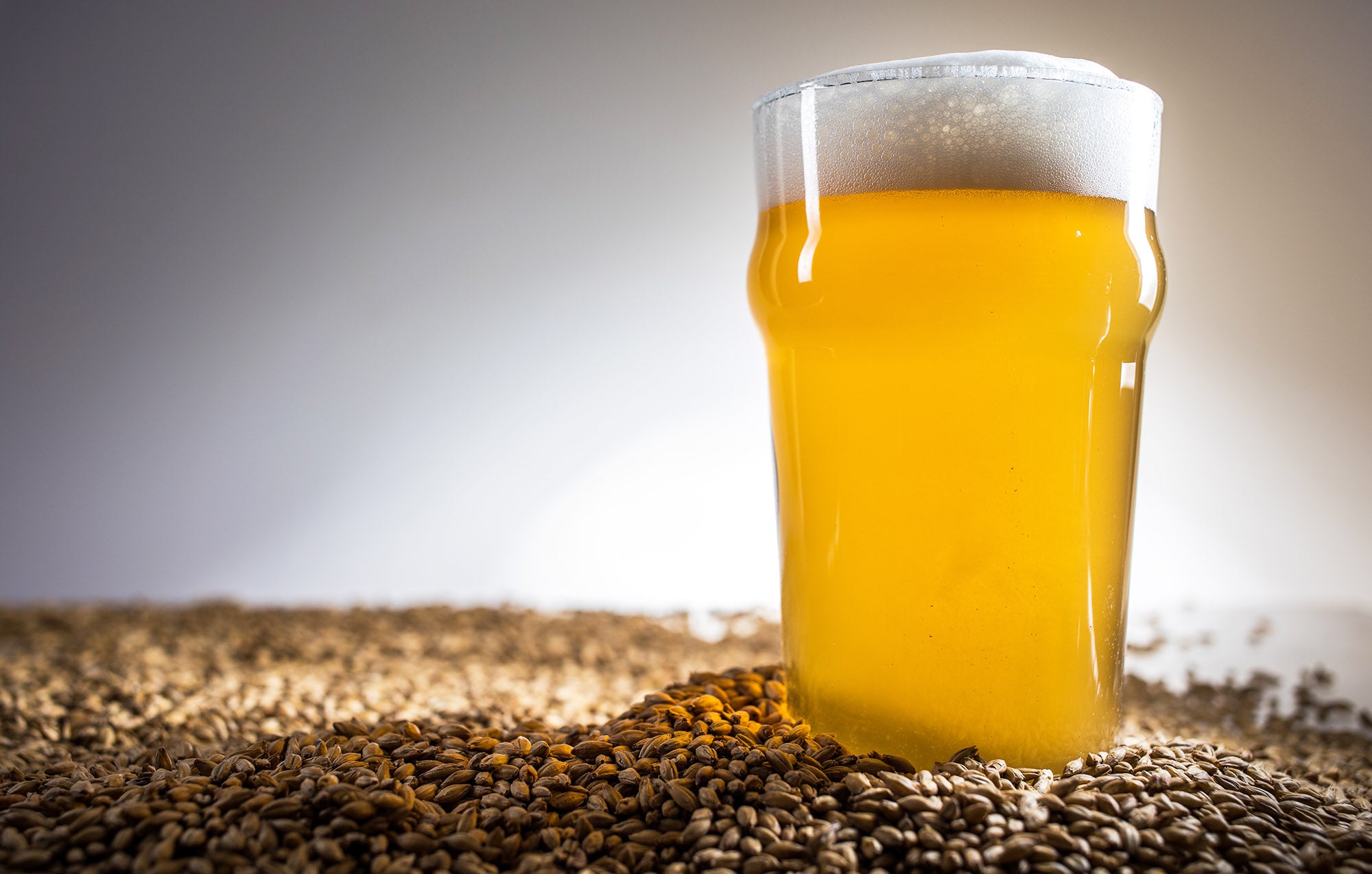Sort by:
Speciality Malt
RedBack Malt is a unique malt made by Gladfield Malt. This malt is prepared using a special process before going into the roaster, and then roasted until Maillard reactions occur. The wort colour is bright with good clarity but most importantly is a lovely red hue.
RedBack Malt gives a lovely malty dried fruit and toasted flavour to the finished beer. The wonderful red colour is added to the beer without imparting an opalescence that can occur with other similar malts.
RedBack Malt is also used to increase body and head retention in the finished beer due to the lower modification level and saccharification in the roaster. It can be used up to 15%, and complements a range of base malts.
Use: RedBack Malt adds malty, dried fruit and toasted flavours as well as a red hue.
Rate: Up to 15%
Click here to view the malts typical malt analysis.
Speciality Malt
Roasted Barley, as the name suggests, is made from unmalted barley. It has a slightly darker colour than our Gladfield Chocolate Malt range and is ideally suited for use in a Dry Stout.
Roasted Barley adds a lovely rich roast flavour and dark espresso like flavours to brewed beer. Like all roasted malts, it should be used fresh to get the best out of it.
Use: Adds a rich roast character and dark espresso like flavours.
Rate: Up to 10%
Click here to view the malts typical malt analysis.
Speciality Malt
Our Roasted Wheat Malt is produced by roasting unmalted wheat.
Using Gladfield Roasted Wheat is an excellent way to impart roasted coffee and chocolate flavours without adding any of the bitterness that can sometimes come from using Roasted Barley or Chocolate Malts. This malt is a great addition to any darker beer style.
Use: Adds light roast coffee and chocolate flavours and unique wheat impact.
Rate: Up to 15%
Click here to view the malts typical malt analysis.
Sub-Base Malt
Our Rye Malt is produced from locally grown rye corn. Rye does not have an outer husk so it benefits from a finer mill setting than our malted barleys. The rye is malted with the same care as our other malts and modifies beautifully in the kiln.
Use: Gives colour, spicy flavours and a clean, dry mouth feel.
Rate: Recommend starting with 10%, can then be increased up to 50% for more rye flavour.
Click here to view the malts typical malt analysis.
Speciality Malt
Shepherds Delight is a unique malt made by Gladfield Malt.
Shepherds Delight Malt has a concentrated or intense deeper flavour than our Aurora Malt. It will provide a potent bready, toasted, cola flavour with a lingering fruity sweetness and red hue to the brewed beer.
This malt should be used sparingly because it gives a powerful malt flavour to the beer similar to a decoction mash. Using too high a concentration of this malt could lead to bitterness in the final beer.
We recommend combining Shepherds Delight Malt with our Vienna Malt to give a balancing sweetness.
Beers made with Shepherds Delight benefit from allowing to age for few weeks so flavour mellows out.
Use: Provides a malty, toasted, cola flavour and a deep red hue to beers.
Rate: Up to 10%
Click here to view the malts typical malt analysis.
Sub-Base Malt
Gladfield’s Sour Grapes Malt is designed to be used to adjust pH in the brew house mash. Sour Grapes Malt is produced by encouraging lactic growth during germination from naturally present bacteria on the grain, and then washing the malt in a lactic bath using the same Lactobacillus strain, before kilning.
As a guide, 1% of this milled malt will drop mash pH by 0.1. It can also add a mild lactic sourness to the brewed beer. We recommended between 1% and 5% of our Sour Grapes Malt is used to achieve target mash pH.
Use: Use to lower mash pH.
Rate: Up to 5%
Click here to view the malts typical malt analysis.
Speciality Malt
Supernova Malt is a unique malt made by Gladfield Malt.
Supernova Malt is a roasted malt from Gladfield that adds nutty, toasted caramel flavours to a beer. It can be used as a replacement for traditional crystal malts to change the flavour characteristics and reduce the beers residual sweetness.
We start this malt with Canterbury winter barley and take it through our germination process before it is roasted to develop flavour and colour. This is a great malt to be used in any beer style.
We have already seen it used in Pilsners and IPAs between 10–25%.
We also recommend its use in an Amber Ale up to 25%, it adds a rich depth of malty flavour and really makes this style shine.
It goes well in a Porter up to 10–15%, complementing the darker roast malts and adding complexity.
Also great for Pale Ales for great toasty caramel flavours that won’t overtake the hops, use 5–10%.
Use: Adds toasted, caramel, nutty flavours to a beer.
Rate: Up to 25%
Click here to view the malts typical malt analysis.
Speciality Malt
Toffee Malt is a unique malt made by Gladfield Malt. We make this unique malt by taking a lower to mid-range nitrogen winter or autumn barley variety, roasting the resulting malt at very low temperatures, and then caramelise the malt. The low temperature and slower roasting produces a malt with a very light colour, a chewy consistency, with honey or toffee flavours.
Our Toffee Malt is very popular. Not only does it add a wonderful malty, honey toffee flavour to lighter coloured beers but it also enhances beer stability, body and mouth feel. Because of its high moisture content, we recommend that brewers mill the Toffee Malt mixed with other malts to avoid clogging the malt mill.
Use: Toffee Malt adds toffee and honey flavours and has a low colour impact.
Rate: Up to 25%
Click here to view the malts typical malt analysis.
Base Malt
Gladfield’s Vienna Malt is made using a blend of winter and spring barley varieties with a higher nitrogen content. Our germination and kilning results in a sweeter, malty character with a golden to orange colouring that is slightly darker than our Ale Malt.
Vienna Malt imparts hints of toast or biscuit malt aromas and flavours to the finished beer. Due to its light colour, Vienna Malt is very versatile and compliments a wide range of other malts.
Our Vienna Malt has a Kiwi twist but still has the usual characteristics of typical Vienna Malt and is ideal for brewing darker lagers or Märzen style beers. We have found our Vienna Malt combines particularly well with our Gladiator Malt and Toffee Malt, and gives a big white head and a lovely golden colour to make a very drinkable session beer.
Use: Vienna Malt has a sweet malty character and light toast malt flavour. Perfect for brewing a Vienna lager or a Märzen style beer.
Rate: Up to 100%
Click here to view the malts typical malt analysis.
Base Malt
Gladfield’s Vienna Malt is made using a blend of winter and spring barley varieties with a higher nitrogen content. Our germination and kilning results in a sweeter, malty character with a golden to orange colouring that is slightly darker than our Ale Malt.
Vienna Malt imparts hints of toast or biscuit malt aromas and flavours to the finished beer. Due to its light colour, Vienna Malt is very versatile and compliments a wide range of other malts.
Our Vienna Malt has a Kiwi twist but still has the usual characteristics of typical Vienna Malt and is ideal for brewing darker lagers or Märzen style beers. We have found our Vienna Malt combines particularly well with our Gladiator Malt and Toffee Malt, and gives a big white head and a lovely golden colour to make a very drinkable session beer.
Use: Vienna Malt has a sweet malty character and light toast malt flavour. Perfect for brewing a Vienna lager or a Märzen style beer.
Rate: Up to 100%
Click here to view the malts typical malt analysis.
Sub-Base Malt
Gladfield Wheat Malt is produced from an old English wheat variety that modifies very well, resulting in a higher yield. This malt gives clean light coloured wort.
Wheat Malt can be used in many beer styles to add head retention, body and a wheat malty flavour to the finished beer. All the wheat grain that we use on our Wheat Malt is single sourced from the Birkett Family from Leeston, Canterbury.
Use: For making wheat beers and to add body and head retention.
Rate: Up to 70%
Click here to view the malts typical malt analysis.
Sub-Base Malt
Gladfield Wheat Malt is produced from an old English wheat variety that modifies very well, resulting in a higher yield. This malt gives clean light coloured wort.
Wheat Malt can be used in many beer styles to add head retention, body and a wheat malty flavour to the finished beer. All the wheat grain that we use on our Wheat Malt is single sourced from the Birkett Family from Leeston, Canterbury.
Use: For making wheat beers and to add body and head retention.
Rate: Up to 70%
Click here to view the malts typical malt analysis.
Harraways Flaked Barley is produced much like their rolled oats. Raw barley is steamed and then pressed through a pair of rollers. Flaked barley can also be added directly to the mash with base and speciality malts.
It imparts a rich, smooth, and grainy flavour and is commonly used in stouts, but can also perform well as an adjunct in German style pilsners, as it can produce lighter colour without lowering the gravity.
Harraways Jumbo Oats are a versatile adjunct. These wholegrain oats have been rolled into flakes that can then be added directly to the mash with base and speciality malts. Rolled oats provide a creaminess and smooth silky mouthfeel. They are commonly used in hazy's, porters, and stouts, and are also effective for adding body to low alcohol beers.
Flaked Maize consists of maize grits that have been torrefied at high temperatures, resulting in gelatinisation of the starchy endosperm, and then flaked. It is ready to add to the mash tun, requiring no cereal cooking, but without any enzymes of its own it must be mashed with malted grains for starch conversion to take place.
Flaked Maize lightens wort and can add a unique corn flake-like sweetness beers.It lowers protein and tannin levels in the wort and will therefore thin the body of the beer as well as reduce the potential for haze.
Oat Hulls are the outer shell layer of the oat, inedible and normally removed from the oat.
When used for brewing the hulls improve the filter bed of the mash to decrease the likelihood of a stuck mash. Oat hulls are non-fermentable, and provide bulk helping prevent the mash from settling and becoming stuck during the sparge. Hulls are generally used when making wheat or rye beers.
